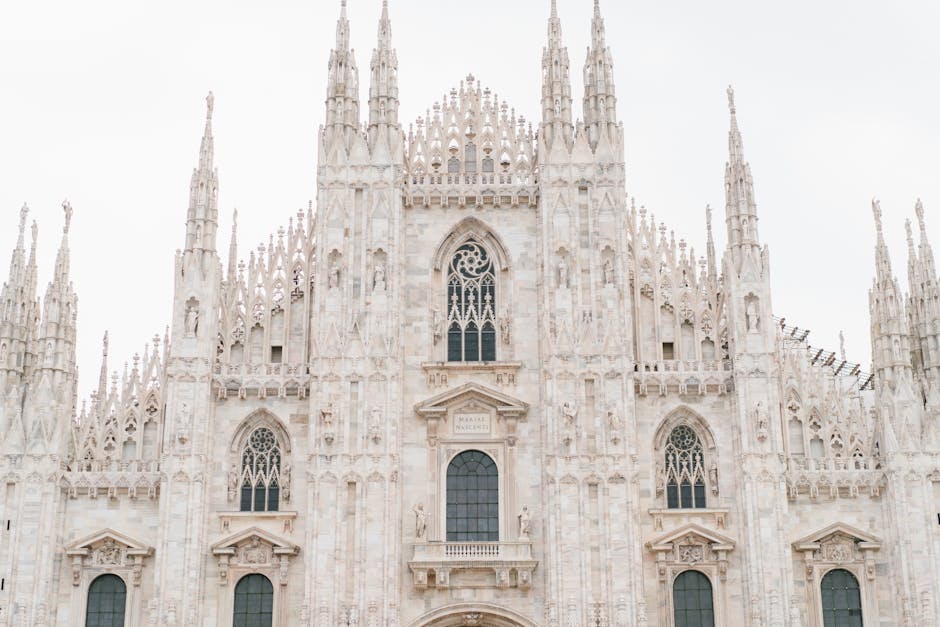
The Evolution of Traditional Art Forms
The Evolution of Traditional Art Forms
Traditional art forms have a rich history that spans centuries. They have been passed down from generation to generation, preserving cultural heritage and artistic expressions. However, these art forms have not remained static; they have evolved and adapted to the changing times. In this blog post, we will delve into the fascinating journey of traditional art forms and explore how they have transformed over time.
One of the key factors contributing to the evolution of traditional art forms is technological advancements. With the advent of new tools and materials, artists have been able to experiment and push the boundaries of their art. For example, traditional painting techniques have undergone significant changes with the introduction of oil paints and acrylics. These innovations have allowed artists to create more vibrant and detailed works.
Another factor that has influenced the evolution of traditional art forms is cultural exchange. Throughout history, different cultures have interacted and exchanged ideas, leading to the fusion of different artistic styles. This cross-pollination of ideas has resulted in the emergence of new art forms that reflect a blend of traditions.
The rise of globalization and the digital age have also had a profound impact on traditional art forms. The accessibility of the internet has allowed artists to connect and collaborate with others from around the world. They can learn new techniques, gain inspiration, and share their work on a global platform. This exposure to diverse perspectives has further contributed to the evolution of traditional art forms.
Moreover, traditional art forms have also responded to social and political changes. Artists have used their creativity to address important issues and push for societal change. They have depicted themes such as gender equality, environmentalism, and social justice through their art. This engagement with contemporary issues has added new dimensions to traditional art forms.
In conclusion, the evolution of traditional art forms is a testament to their resilience and adaptability. They have evolved as a result of technological advancements, cultural exchange, globalization, and socio-political changes. Despite these transformations, traditional art forms continue to thrive, connecting generations and preserving cultural identities. By embracing innovation while honoring tradition, artists ensure that these art forms remain relevant and continue to inspire future generations.
Fusion-of-technology-and-traditional-sculpture
Revival-of-ancient-pottery-methods
Contemporary-dance:-Breaking-the-boundaries-of-traditional-ballet
Transforming-traditional-music-with-electronic-elements
The-unexpected-connection-between-traditional-woodworking-and-fashion-design
Redefining-the-boundaries-of-traditional-art:-Exploring-mixed-media
Traditional-culinary-techniques-meet-molecular-gastronomy:-A-revolutionary-fusion
Uniting-traditional-calligraphy-and-street-art:-A-captivating-urban-art-form
Unexpected-beauty:-The-evolution-of-body-painting-in-contemporary-art
